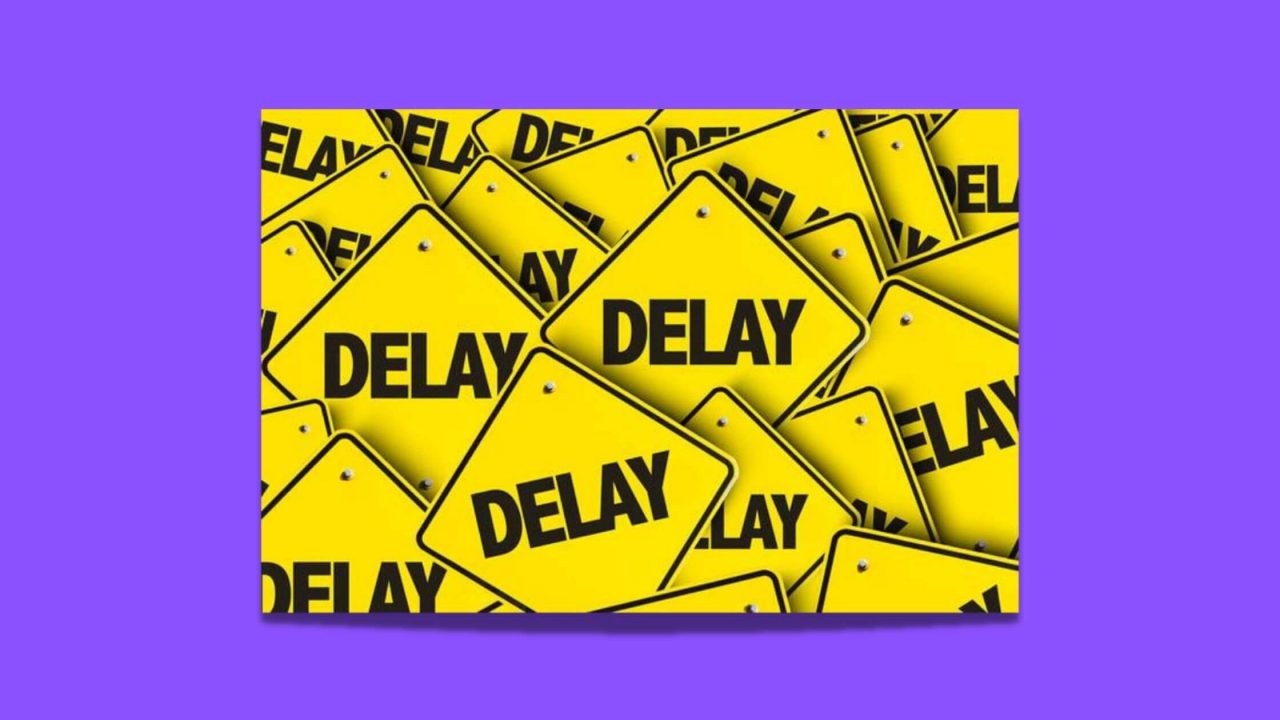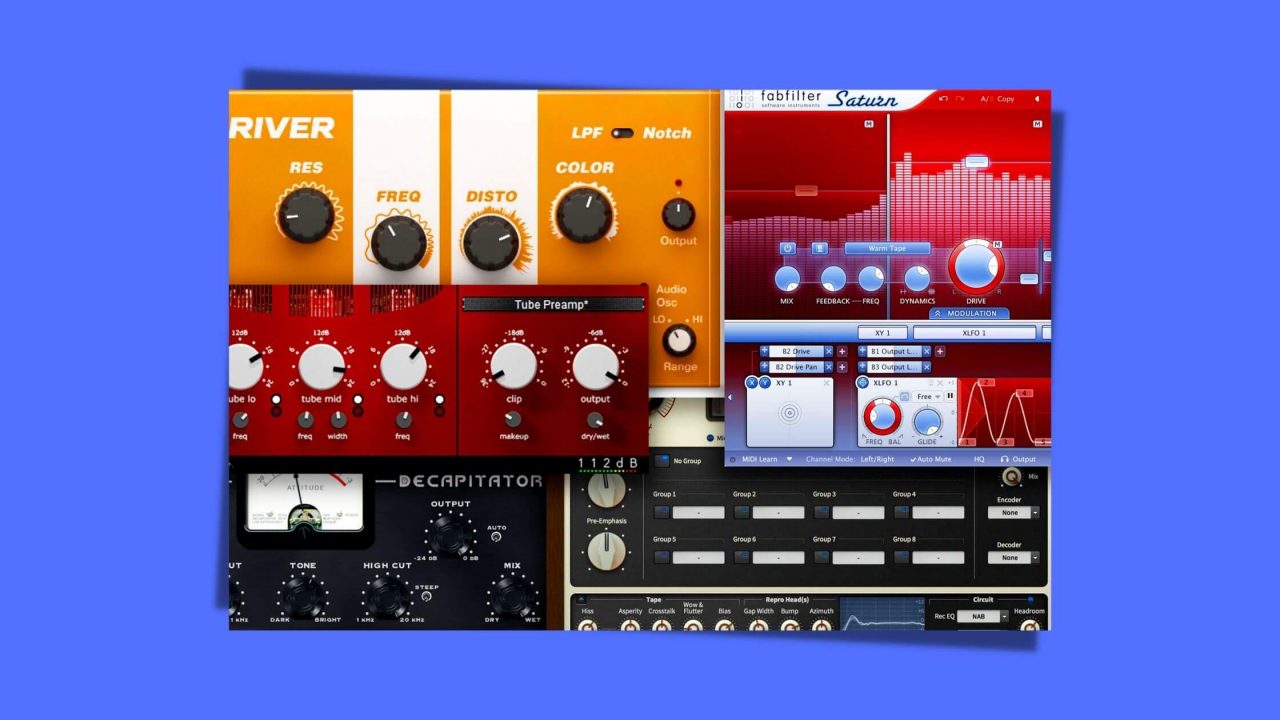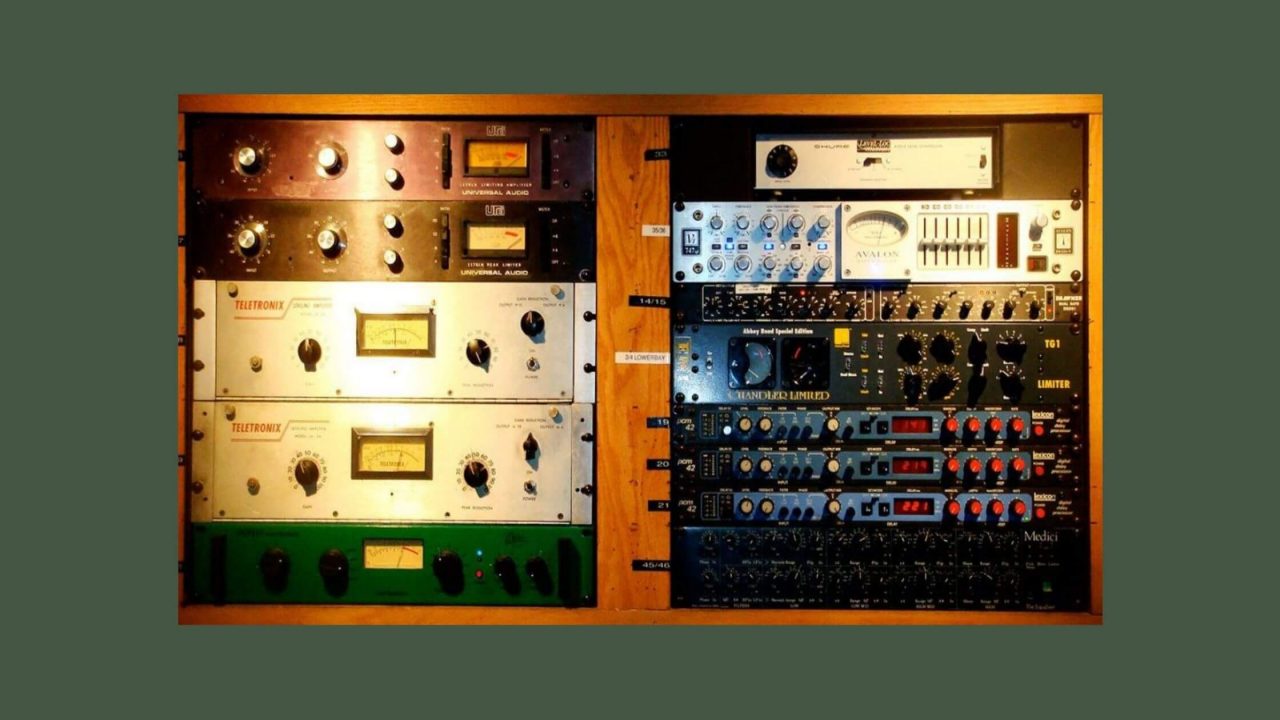We’ve discussed where delay should go in your signal chain, what the different parameters from tempo to feedback represent, and some different delay techniques you can use in your track to get you started. Now…

Category: Community
Delay is a time-based effect that brings depth and new dynamics to our music. It can make a sound be perceived as wider, and it can create space that is unattainable with the use of…
Delay is a time-based effect where audio is fed into the delay unit or plugin and played back multiple times at a rate set by you, the engineer. With reverb, the signal is repeated many…
Overtones can make the difference between a piercing fundamental or rich, smooth sound. From tape saturation to bit reduction, there are a lot of ways you can use distortion to add unique character to your…
Timbre, pronounced tamber, is the tonal quality of a note/sound. A piano and a saxophone produce sounds with very different timbres and characteristics due to the different builds that pianos and saxophones have. These two…
You’ve discovered what reverb is, you know the basic tools… but now you want to skyrocket your mix to the professional level. You’re in the right place. You’ve got better sounding reverbs than you’ve ever…
How to Choose the Right Reverb So, you’ve created some killer sounds, know what reverb is and now you’re here to find out how to use reverb? Wicked. But before we can even start talking…
Reverb is created when any soundwave is reflected off of any surface in a room and causes multiple reflections of the soundwave to build up and reach your ear very closely together. Rather than hear…
Dithering is the process of masking quantisation errors when mapping digital bits to an analog wave. We prevent noise patterns by randomising how the final digital bit gets rounded to 1 or 0, and mask…
What is the Main Difference Between Analog and Digital Audio? Analog mediums use recording methods that replicate the acoustic soundwave perfectly. Examples of analog mediums are tape recorders and vinyl players. Analog synths and analog…










